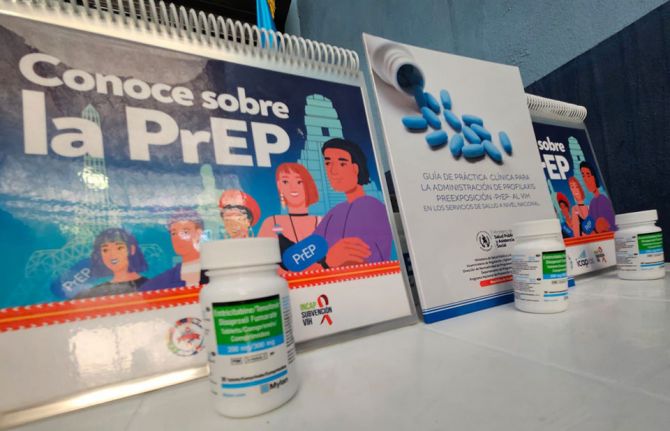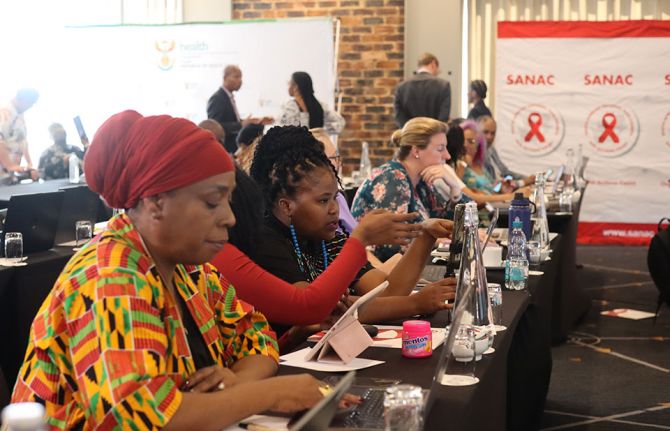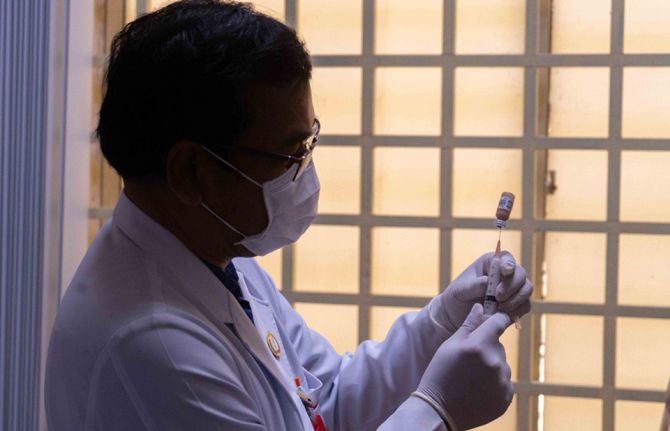
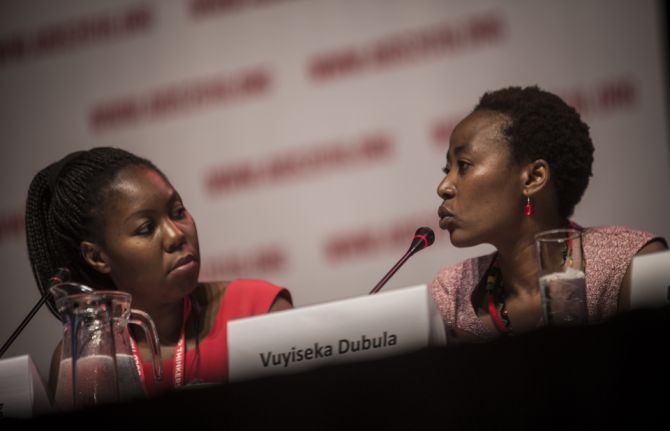
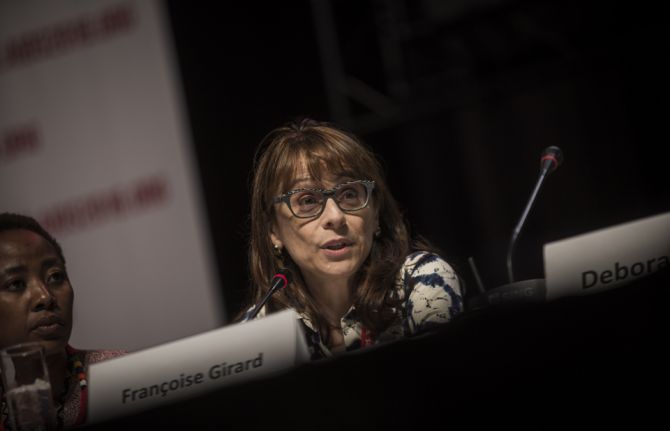
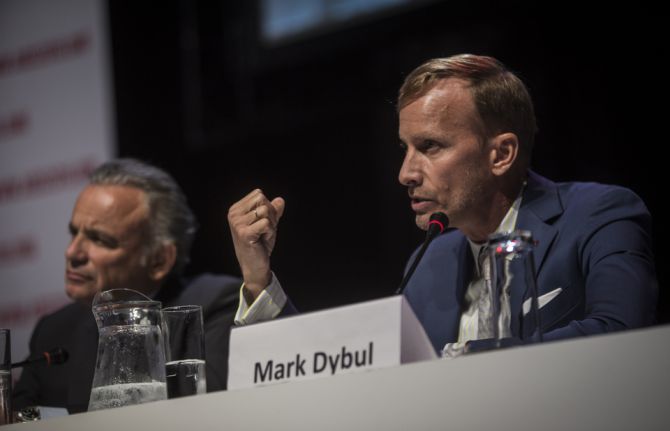
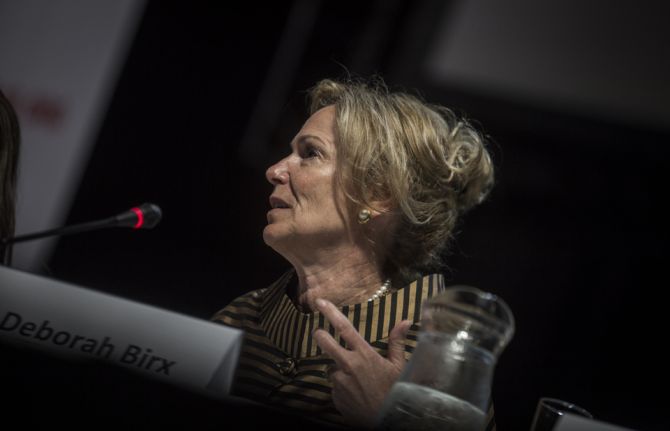
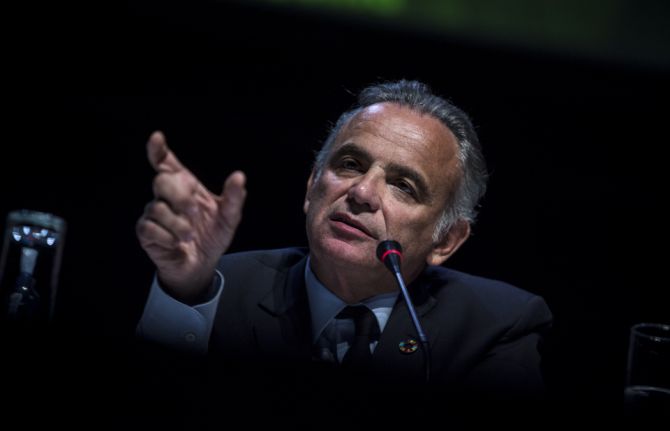
Update
Turning the tide for adolescent girls and young women
19 July 2016
19 July 2016 19 July 2016At a session on 19 July entitled “Turning the tide for adolescent girls and young women: gender equality and women’s human rights at the centre for reaching the end of AIDS,” at the 21st International AIDS Conference, being held in Durban, South Africa, new research evidence from the Centre for the AIDS Programme of Research in South Africa (CAPRISA) was presented.
The research results suggest further reasons for the increased risk of HIV infection among adolescent girls and young women in Africa and how it could be reduced. Women who have vaginal Prevotella bivia infection are 19 times more likely to have evidence of genital inflammation and 13 times more likely to acquire HIV.
Another study suggested that the impact of pre-exposure prophylaxis (PrEP) may vary according to the level of acidity of the vagina. Gardnerella vaginalis, a bacteria that predominates when normal vaginal lactobacillus levels are low, absorbs the PrEP medicine tenofovir, thereby reducing its availability to prevent HIV infection. This will have implications for the effectiveness of PrEP if the results of this laboratory study are confirmed in women at risk of HIV.
Finally, another study conducted by CAPRISA in South Africa confirmed that age-disparate relationships are common, with adolescent girls and young women having sexual relationships with men who were, on average, eight years older.
Following the CAPRISA presentation, a panel discussion took place to discuss what it would take to turn the tide for young women and adolescent girls. Participants noted that reaching the global target set in the Political Declaration on Ending AIDS—namely, reducing annual new HIV infections among young women and adolescent girls to fewer than 100 000 by 2020—would require accelerated scale-up of combination HIV prevention programmes for adolescent girls and young women covering biological, behavioural and structural programmes tailored to the needs of the location and population.
Keeping girls in school, community mobilization, multimedia, cash transfers, youth leadership and prevention of gender-based violence were seen to be as essential as condom programming, comprehensive sexuality education, PrEP and antiretroviral therapy.
Also at the session, UNAIDS Deputy Executive Director Luiz Loures launched new guidance on HIV prevention among adolescent girls and young women that details a combination of approaches that also reach out to men and adolescent boys.
Quotes
“Reaching the 2016 United Nations Political Declaration on Ending AIDS targets on adolescent girls and young women entails developing effective HIV prevention programmes with a combination of approaches that also reach out to men and adolescent boys. The new UNAIDS guidance launched today will help countries to do so.”
“Biomedical interventions can be important as one piece of the puzzle, but we know that girls going to clinics get driven out and shamed because they are sexually active. Until we bring girls to clinics, make clinics more youth-friendly, stop stigmatizing girls and involve government and communities systematically in these efforts, we will not have the results we need.”
“To achieve our goal for women and girls, we need political and community leadership to ensure that comprehensive sexuality education is implemented. We need to get empowered young women who are valued by the community.”
“In South Africa, HIV cannot be separated from gender-based violence. We need to broaden our approach because the HIV epidemic among women and girls is not only about sex, it is about relationships, poverty and other structural issues.”
“Gender inequality is not a medical issue. We will not end AIDS if we don’t end gender inequality. We need an equal world.”

